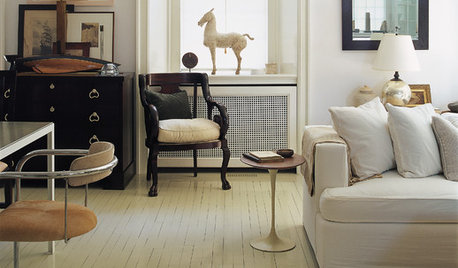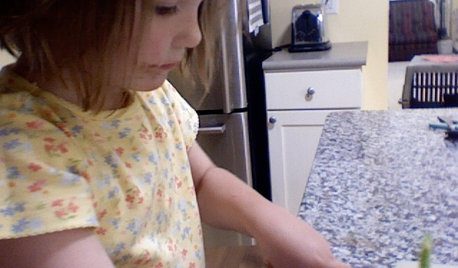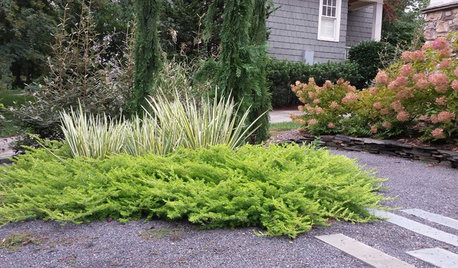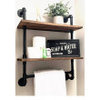O.T.--but would really like suggestions
sis2two
11 years ago
Related Stories

Designer Crush: How to Decorate Like Thomas O'Brien
Compose an elegant yet contemporary home with a touch of American casualness, in the style of this renowned designer
Full Story
HOUZZ TOURSHouzz Tour: Nature Suggests a Toronto Home’s Palette
Birch forests and rocks inspire the colors and materials of a Canadian designer’s townhouse space
Full Story
GREEN BUILDINGEfficient Architecture Suggests a New Future for Design
Homes that pay attention to efficient construction, square footage and finishes are paving the way for fresh aesthetic potential
Full Story
LIGHTING10 Chandeliers for People Who Don't Like Chandeliers
Get all the chandelier benefits without channeling Liberace, thanks to wood, paper, wire — and even a surprising old-fashioned staple
Full Story
LIFEInviting Kids Into the Kitchen: Suggestions for Nurturing Cooks
Imagine a day when your child whips up dinner instead of complaining about it. You can make it happen with this wisdom
Full Story
LANDSCAPE DESIGN6 Suggestions for Harmonious Hardscaping
Help a sidewalk, driveway or path flow with your garden design, for a cohesive and pleasing look
Full Story
FURNITUREObjects of Desire: Recliners That Don’t Look Like Recliners
Forget bulky, hulky eyesores. These 7 smart and svelte chairs — some without levers — have mastered the art of disguise
Full Story
PLANTING IDEASThese Aren’t Your Grandparents’ Junipers
Dislike junipers? Maybe it’s time to discover new varieties and new uses for this garden workhorse
Full Story
LIFEYou Said It: ‘Just Because I’m Tiny Doesn’t Mean I Don’t Go Big’
Changing things up with space, color and paint dominated the design conversations this week
Full Story
DECORATING GUIDESBudget Decorator: How to Save When You Don’t DIY
You don’t have to be crafty to decorate your home inexpensively. Here are other ways to stretch your design dollars
Full Story






francypants
lynninnewmexico
Related Professionals
Appleton Interior Designers & Decorators · Garden Acres Interior Designers & Decorators · St. Louis Furniture & Accessories · Topeka Furniture & Accessories · Chino Hills Furniture & Accessories · Hoffman Estates Furniture & Accessories · Indian Creek Furniture & Accessories · Jacinto City Furniture & Accessories · Eugene Custom Artists · Hastings Custom Artists · Batavia Lighting · Centreville Lighting · Sarasota Lighting · Littleton Window Treatments · Orange County Window Treatmentsblubird
Fun2BHere
User
Arapaho-Rd
sis2twoOriginal Author
EG3d
sis2twoOriginal Author
blubird
terezosa / terriks
sis2twoOriginal Author